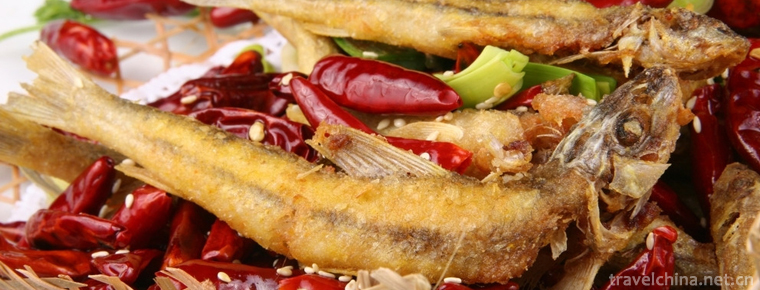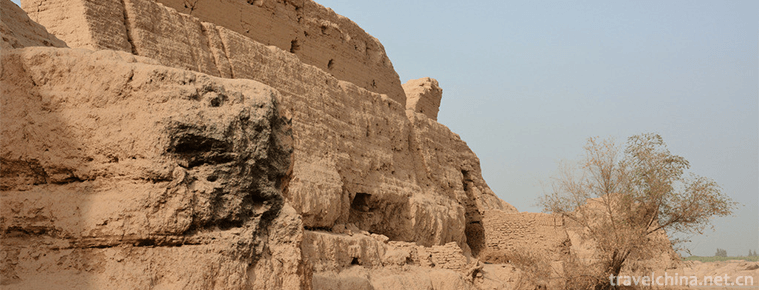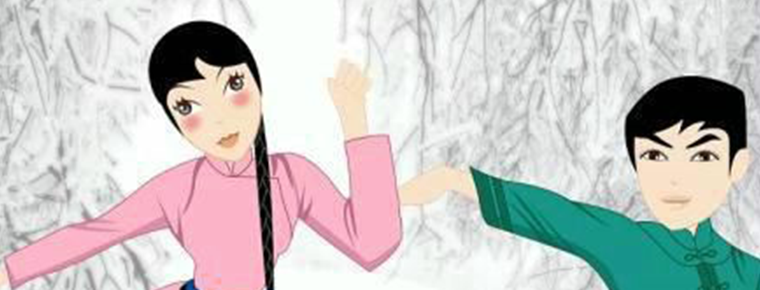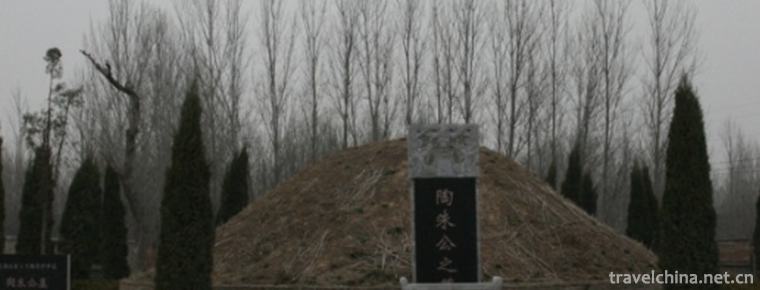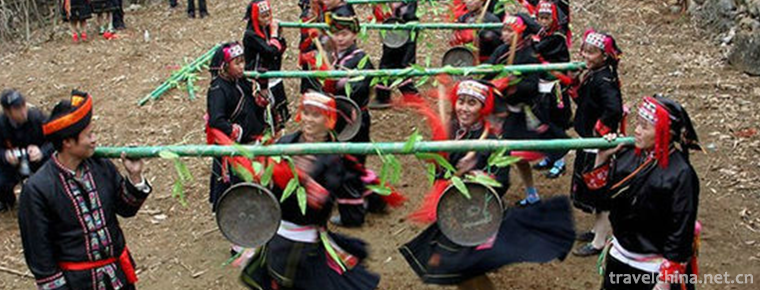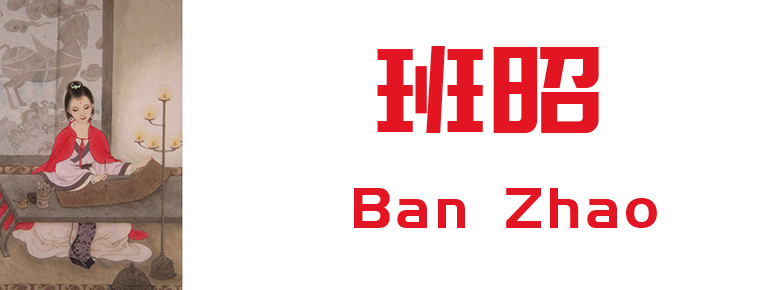Suining history and culture
Suining history and culture
The origin of the name
As a place name, "Suining" began in the Eastern Jin Dynasty. The Eastern Jin Dynasty coexisted with the Sixteen States, while Suining belonged to the Chenghan state. At that time, the rulers of various countries had been fighting with each other for years, and the rulers of Chenghan were fighting for power and power, and the people were in great pain. In 347 A.D., general Huan Wen of the Eastern Jin Dynasty attacked Shu, defeated Li Xiong, left Li Shi, and destroyed the Han state, ending the 50 year long scuffle in Sichuan. When Huanwen returned triumphantly and passed through the county, he saw a peaceful and peaceful atmosphere. The general, who had been fighting in the battlefield for a long time, was filled with emotion. He felt that he hated the war and longed for peace. Therefore, he set up a county here and named it "Suining", which means "to calm down the war and get peace". Since then, this piece of red soil in the hills of central Sichuan has a lucky name - "Suining".
Intangible cultural heritage
As of 2015, there are 11 categories and hundreds of projects of intangible cultural heritage in Suining census, 265 representative works of intangible cultural heritage have been published by governments at all levels, including 3 at national level, 14 at provincial level and 26 at municipal level; 3 representative inheritors of intangible cultural heritage at national level, 24 at provincial level and 36 at municipal level; and productive protection base of intangible cultural heritage There are 1 local (Training Institute) provincial level and 3 municipal level; 1 provincial and 4 municipal inheritance and popularization bases of intangible cultural heritage in primary and secondary schools.
Suining religion
Before the founding of new China, there were Buddhism, Taoism, Catholicism, Christianity and Islam in Suining City. In 1951, the counties supported Catholicism and Christianity to carry out the reform movement of "autonomy, self support and autobiography", got rid of the control of foreign churches, and embarked on the road of "independent and self running churches"; they supported Buddhism, Taoism and Islam in carrying out democratic reform, abolishing the patriarchal system and implementing democratic management. During the "Cultural Revolution", religious sites were seriously damaged and religious activities stopped. After 1978, the party's policy of freedom of religious belief was implemented and religious activities were gradually resumed. In 1985, the municipal Party committee and the municipal government further implemented the notice of the CPC Central Committee on printing and distributing the basic views and policies on religious issues in the socialist period of China. Leading groups for the implementation of the policy were set up in the cities, districts and counties. 13 persons (pieces) of religious personage policies were reviewed and implemented. The total area of real estate of religious groups was 23661 square meters, and the rent and housing over the years were paid The price was 21995 yuan. Five households that had checked property and private house problems during the "Cultural Revolution" were removed. Four pieces of cultural relics and 416 copies of books were returned. The real objects were worth 4134.35 yuan. The municipal, district and county governments have successively approved the opening of religious venues to meet the needs of religious believers. By 2005, Suining had opened 87 places for religious activities, including 71 for Buddhism, 10 for Taoism, 3 for Catholicism, 2 for Islam and 1 for Christianity. Six patriotic religious groups, one Buddhist College and one religious research association were established. There are 351 religious staff and more than 1 million believers, of which Buddhism and Taoism are numerous, followed by Catholicism and Christianity, and less by Islam. In 2005, there were 11 deputies to the Municipal People's Congress, five to the district and County People's congresses, six to the Municipal Committee of the Chinese people's Political Consultative Conference, and six to the district and County People's Political Consultative Conference.

Suining history and culture
-
Dali arched fish
Dali aToxoplasmus dali, commonly known as fine-scaled fish
Views: 265 Time 2018-10-17 -
Guifeng Scenic AreaShangrao City Jiangxi Province
Guifeng Scenic Spot is located in the southwest of Yiyang County, Jiangxi Province, beside 320 National Highway, 311 Highway and Zhejiang-Jiangxi Railway
Views: 189 Time 2018-12-08 -
The Ancient City of Gaochang
Gaochang City, which began in the first century B.C., was built by the army of Tuntian in the territory of Cheshi in the Western Han Dynasty. The site of the Old Town is located in the vicinity of Har
Views: 215 Time 2019-01-12 -
Guanyin Gorge Scenic Area
Guanyinxia scenic spot is the entrance of Yulong Pass, one of the six major parks of Lijiang Bazi. It is located at the "Yulong Pass" of the three major parks of Lijiang Bazi and is known as
Views: 285 Time 2019-01-13 -
Shui Guan the Great Wall
Shuiguan Great Wall is the eastern part of Badaling Great Wall. It was built at the mouth of dangerous valley. The Great Wall of Zishuimen Archery Tower is "V" shaped
Views: 237 Time 2019-02-13 -
Changzhou comb
Comb, also known as Chlamys, is one of the eight hairdresses in ancient China. It is a local traditional handicraft with a long history in Changzhou City, Jiangsu Province.
Views: 296 Time 2019-04-16 -
Manufacturing Techniques of Tussah Paper
The manufacturing history of tussah paper is as long as that of linen paper. The raw material for making the paper is the phloem fibers of the tree. The bark of the tree contains wood phloem fibers wh
Views: 196 Time 2019-04-18 -
Xiling mountain song
Xiling Mountain Song is a national intangible cultural heritage with a long history, primitive simplicity and smooth melody. Its color and mode contain some elements of Tibetan, Qiang and Han folk son
Views: 369 Time 2019-04-19 -
Tao Zhugong Legend
Tao Zhugong's legend originated from Dingtao, Shandong Province, and is widely spread among Chinese people and Chinese businessmen in the world. It has a history of more than 2500 years. Tao Zhugong,
Views: 177 Time 2019-06-18 -
Golden Gong dance of Yao nationality
In November 2014, the Golden Gong dance of Yao nationality declared by Tiandong County of Guangxi Zhuang Autonomous Region was listed in the fourth batch of national intangible cultural heritage list
Views: 263 Time 2019-07-11 -
Ban Zhao
Ban Zhao (about 45 years - about 117 years), also known as Ji, the word Hui ban. Fufeng An Ling (now northeast of Xianyang, Shaanxi), a historian and a writer of Eastern Han Dynasty. historian Ban Bi
Views: 306 Time 2019-09-11 -
Leshan peoples life
By the end of 2018, the per capita disposable income of rural residents in Leshan City was 15173 yuan, an increase of 8.9%, and the per capita living consumption expenditure was 12309 yuan, an increase of 9.5%. The per capita disposable income of urban residents
Views: 304 Time 2020-12-17
